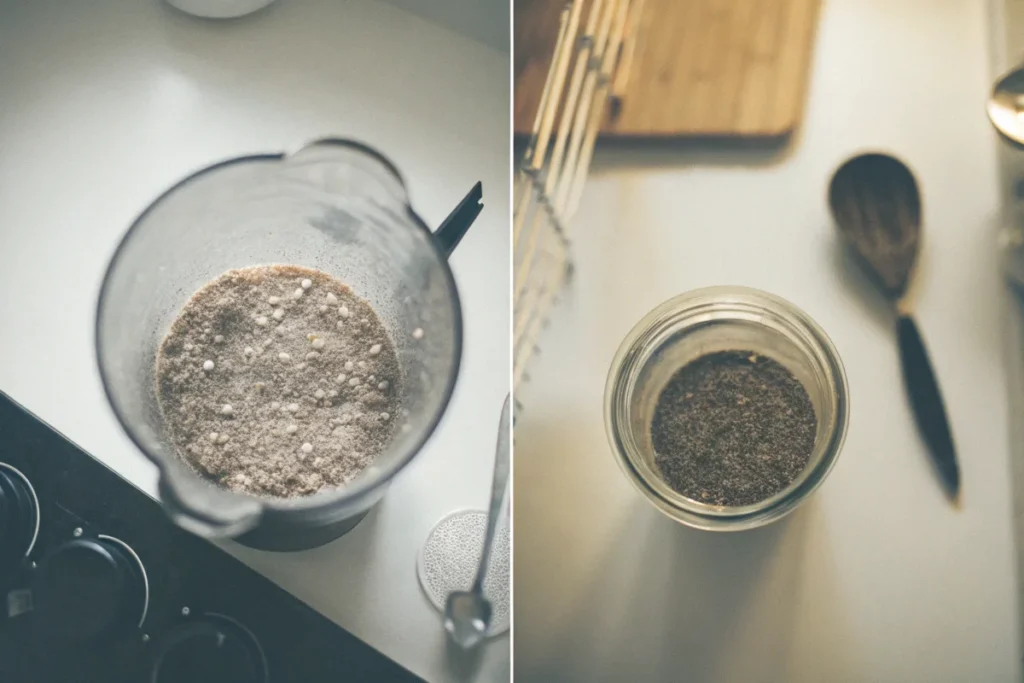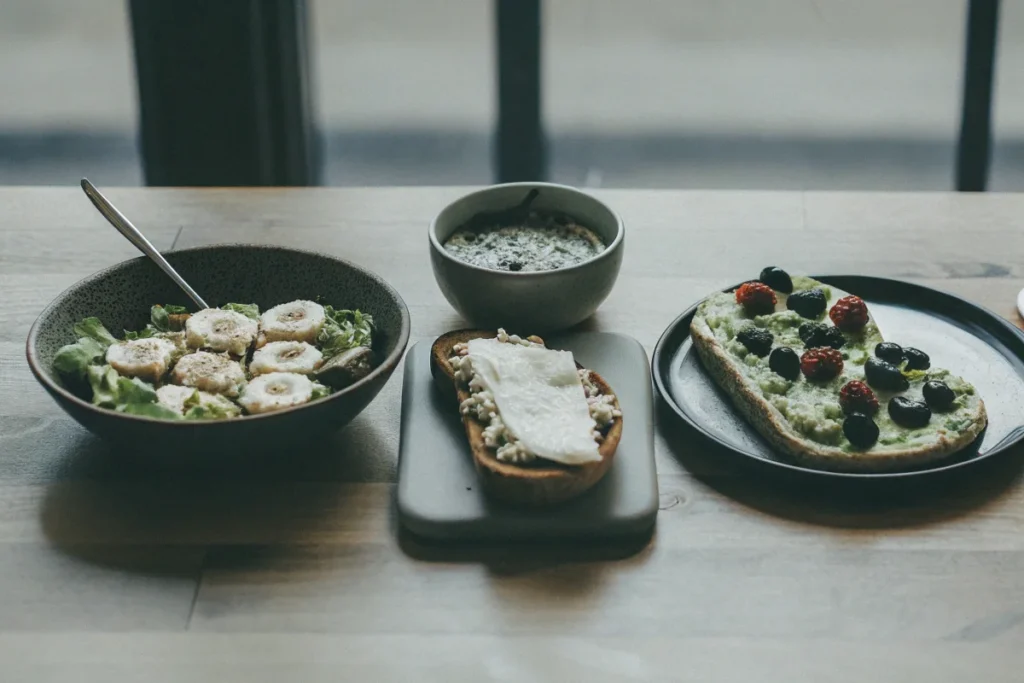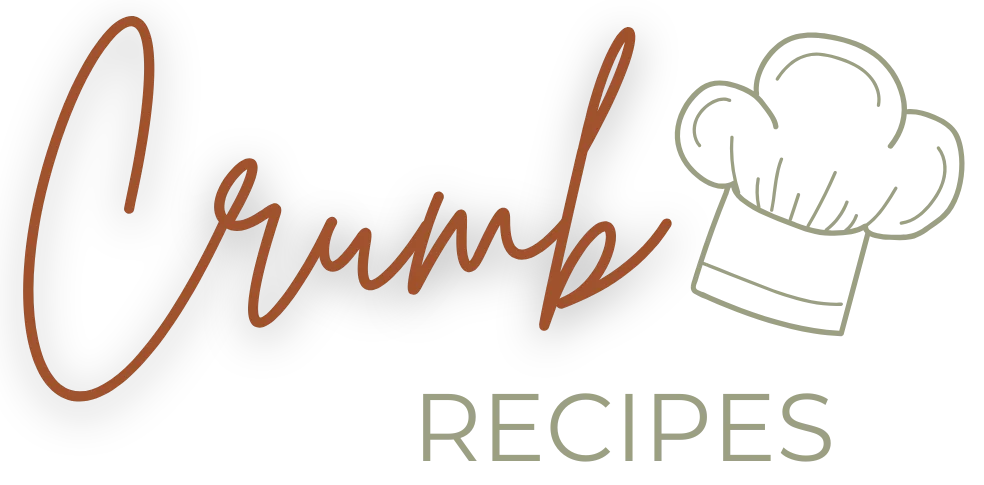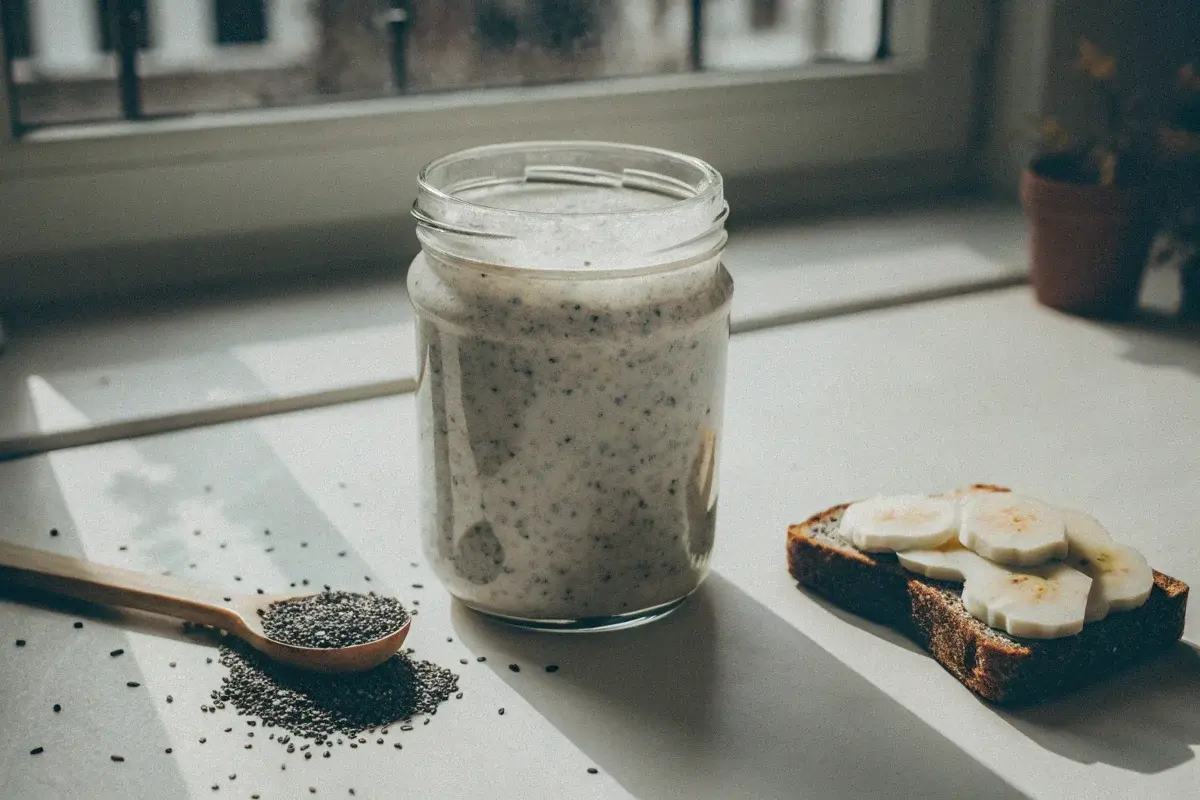Chia butter is quickly emerging as a nutritional staple among health enthusiasts, chefs, and home cooks. Therefore, many people are beginning to explore ways to incorporate this unique spread into their daily meals. If you’re curious about its benefits, preparation, and creative uses, you’ve come to the right place. This comprehensive guide explores everything there is to know about chia butter—from its remarkable health perks to mouthwatering recipes you’ll want to try right away.
In this article, you will discover:
- What chia butter is and why it’s gaining popularity
- How to make chia butter at home using different methods
- The nutritional advantages of adding chia to your diet
- Ways to pair chia butter with both sweet and savory dishes
- Frequently asked questions related to chia butter and other similar spreads
Keep reading to learn how this superfood butter can elevate your meals without compromising taste or nutritional value. Let’s dive in!
Understanding the Origin and Composition of Chia Butter
Chia seeds are tiny black or white seeds derived from the Salvia hispanica plant. This plant is native to Central America, where it was once a dietary mainstay for ancient civilizations such as the Aztecs. However, modern diets have only recently recognized the extraordinary benefits of these small seeds. Meanwhile, chia butter takes the inherent goodness of chia seeds and transforms it into a spreadable form.
Chia Butter vs. Traditional Butter
Chia butter differs substantially from conventional butter or margarine. Traditional dairy butter is made from churning cream and typically contains high levels of saturated fat. On the other hand, chia butter is usually created by blending chia seeds with a neutral base, such as coconut oil or another healthy fat source. This innovative approach leads to a spread rich in fiber, essential fatty acids, and plant-based protein.
Key differences include:
- Nutritional Profile: Higher in omega-3 fatty acids and fiber
- Allergen-Friendly: Suitable for lactose-intolerant and vegan individuals
- Taste and Texture: Mild flavor with a slight nuttiness, plus a creamy but slightly gelatinous texture
Components That Make Chia Seeds Special
Chia seeds offer a variety of vitamins, minerals, and macronutrients that help promote overall health. Many of these benefits extend to chia butter. For example, chia seeds are high in:
- Omega-3 Fatty Acids: Known for supporting brain health and reducing inflammation
- Fiber: Helps digestion and prevents blood sugar spikes
- Protein: Contributes to muscle development and repair
- Antioxidants: Protect the body from harmful free radicals
Moreover, chia seeds absorb many times their weight in liquid. Therefore, they can help in achieving a unique texture when turned into chia butter.
Why Chia Butter Is Becoming a Nutritional Powerhouse
Food trends come and go, but chia butter has steadily grown in popularity. This is largely due to its impressive nutrient density, versatility, and alignment with health-conscious lifestyles.
Aligning With Healthy Eating Trends
People who follow diets like keto, paleo, or vegan often look for natural and minimally processed options. Chia butter fits well into these eating plans because it can easily replace saturated-fat-laden ingredients like regular butter. Furthermore, its high fiber content helps in achieving satiety, a critical factor in weight management.
Environmental Sustainability Factors
Moreover, chia seeds require relatively less water and fewer resources to cultivate compared to livestock farming. Therefore, choosing chia butter can reduce your carbon footprint while still enjoying a flavorful spread.
Environmental advantages include:
- Lower emissions from plant-based production
- Reduced reliance on dairy industry resources
- Opportunity for local, small-scale farming
In addition, chia seeds are less prone to spoilage, making them a more sustainable choice in the long term.

How to Make Chia Butter at Home
Homemade chia butter is a fantastic way to ensure quality control and freshness. You can tailor your recipe to your unique preferences. For example, some people love adding sweeteners like maple syrup, while others might incorporate savory herbs.
Basic Chia Butter Recipe
Below is a simple, step-by-step guide for a basic chia butter preparation. This recipe yields a creamy, neutral-tasting base that you can customize as you please.
- Gather Ingredients:
- 1/2 cup of chia seeds (black or white)
- 1 cup of softened coconut oil or another plant-based fat (e.g., avocado oil)
- A pinch of salt (optional)
- Soak the Chia Seeds:
- In a separate bowl, soak the chia seeds in a small amount of warm water for 10–15 minutes.
- The chia seeds will expand and form a gel-like substance.
- Blend:
- Once the seeds have gelled, place them in a blender or food processor with the softened coconut oil.
- Pulse or blend until smooth.
- Add salt to taste if desired.
- Store:
- Transfer your the butter to an airtight container or glass jar.
- Store in the refrigerator for up to two weeks.
Variations and Flavor Enhancements
Chia butter’s mild flavor profile lends itself to a wide range of experiments. Consequently, you can enhance it with additional ingredients to create unique flavor combinations.
- Sweet Option: Blend in a drizzle of honey or maple syrup, plus a dash of cinnamon.
- Savory Twist: Add garlic, onion powder, or dried herbs like rosemary and thyme.
- Spicy Kick: Stir in a pinch of cayenne pepper or chili flakes for extra warmth.
Feel free to play around with different oils, but keep in mind that extra-virgin olive oil has a more assertive taste than, say, refined coconut oil.
The Nutritional Benefits
Chia butter can offer multiple health perks. Below, we break down the main reasons why you might want to incorporate this nutritious spread into your daily meals.
Excellent Source of Omega-3 Fatty Acids
Chia seeds contain alpha-linolenic acid (ALA), an essential omega-3 fatty acid that aids brain function and helps maintain cardiovascular health. When you blend chia seeds into the butter, you preserve these beneficial fats.
- Brain Support: Omega-3s help improve cognitive performance and mood.
- Heart Health: May lower triglycerides and reduce the risk of heart disease.
High Fiber Content for Digestive Wellness
Dietary fiber is essential for a healthy gastrointestinal tract. It regulates bowel movements, stabilizes blood sugar, and may even contribute to weight management. Therefore, chia butter provides a convenient way to boost your fiber intake.
Complete Plant-Based Protein
Another standout feature is chia seeds’ protein content. They deliver an almost complete amino acid profile, which supports muscle growth, tissue repair, and immune function. For individuals aiming to cut back on meat or dairy, this butter offers an alternative protein source.
Key Takeaways about chia butter’s nutrition:
- Supplies essential micronutrients like calcium and magnesium
- Provides antioxidants that combat oxidative stress
- Offers a plant-based protein alternative for vegans and vegetarians
- Helps satiate hunger and curb excessive snacking

Versatile Ways to Use Chia Butter in Your Meals
Chia butter’s adaptable nature allows it to seamlessly fit into various culinary scenarios. Therefore, whether you’re preparing breakfast, lunch, or dinner, this spread can complement your existing menu in countless ways.
Breakfast Applications
- Toast Topping: Spread a thin layer of the butter on whole-grain toast. Top with sliced bananas and a drizzle of honey.
- Smoothie Enhancer: Add a tablespoon of the butter to your morning smoothie for extra creaminess and fiber.
- Oatmeal Stir-In: Swirl a spoonful into hot oatmeal or overnight oats for a nutritional upgrade.
Lunch and Snack Ideas
- Veggie Dip: Combine our butter with Greek yogurt and fresh herbs to create a flavorful dip.
- Sandwich Spread: Replace mayonnaise with butter in sandwiches or wraps.
- Salad Dressing Base: Whisk together chia butter, vinegar, and spices for a nutrient-rich dressing.
Dinner and Dessert Innovations
- Cooking Fat Replacement: In certain recipes, you can substitute regular butter or oil with chia butter. However, be mindful of the dish’s flavor profile.
- Baking Ingredient: Use this butter as a partial replacement for regular butter in quick breads, muffins, or cookies.
- Dessert Topping: Drizzle melted, slightly sweetened chia butter over fruit or ice cream for a healthy indulgence.
Chia Butter Storage and Shelf Life
Proper storage is vital for retaining flavor and nutritional properties. Although chia seeds themselves have a lengthy shelf life, blending them into a butter introduces extra variables like moisture and fats.
Optimal Storage Practices
- Refrigeration: Keep chia butter in a tightly sealed container in the fridge. It usually stays fresh for up to two weeks.
- Freezing: For longer storage, freeze your chia in small portions. Thaw it in the refrigerator before use.
- Avoid Cross-Contamination: Always use a clean utensil to scoop out our butter, reducing the risk of bacterial growth.
Meanwhile, observe any changes in color, smell, or texture. When in doubt, discard it to avoid potential health risks.
Common Mistakes When Making and Using Chia Butter
Even though chia butter is relatively straightforward, certain pitfalls can undermine its quality or flavor. Therefore, you should stay aware of these common mistakes and learn how to circumvent them.
Not Soaking the Chia Seeds Properly
Under-soaking can result in a gritty consistency. Ensure you allow enough time for the seeds to form a gel before blending.
Overpowering the Flavor
While experimenting with add-ins is encouraged, go easy on strong flavors like garlic or chili peppers. A small amount goes a long way, and too much can overwhelm the delicate taste of the butter.
Incorrect Oil Ratio
Balancing the oil to chia seed ratio is crucial. Too little oil makes the mixture dry, while too much oil can produce an overly greasy texture. Adjust the ratio gradually until you find the perfect consistency for your preference.
Comparing Chia Butter to Other Plant-Based Spreads
Many people who discover our butter also explore other plant-based spreads like almond butter, peanut butter, or even flaxseed butter. Each has its own unique characteristics, yet chia butter stands out for its particular blend of fiber, omega-3s, and mild taste.
Almond Butter vs. Chia Butter
Almond butter is another nutrient-dense option high in vitamin E and healthy fats. However, chia butter contains more fiber per tablespoon and offers a unique gelatinous texture that some individuals prefer.
Peanut Butter vs. Chia Butter
Peanut butter has a rich, savory flavor beloved in many households. Nevertheless, peanut butter is relatively high in calories and saturated fat, whereas chia butter can be lower in saturated fats depending on the oil used.
Flaxseed Butter vs. Chia Butter
Flaxseed butter is known for its omega-3 content, similar to chia. Still, chia seeds can offer a more balanced flavor and often blend more smoothly with various recipes. Ultimately, the choice might boil down to personal taste and desired nutrient profile.
Expanding Chia Butter’s Role in Meal Planning
Adopting chia butter into your weekly meal plan can deliver consistent health advantages. Moreover, it simplifies your routine by providing a single ingredient that fits multiple dietary needs.
Budget-Friendly Meal Prep
- Buy chia seeds in bulk to save money.
- Prepare large batches of chia butter and freeze in smaller containers.
- Use it throughout the week in various recipes.
Cultural and Global Cuisine Applications
You can incorporate the butter into a diverse range of cuisines. For example, spread it on naan or roti for an Indian twist, or use it in a tofu stir-fry for a fusion of Asian flavors. The neutral base can meld with many spices and sauces.
Addressing Potential Drawbacks and Side Effects
Even though chia butter is generally considered safe and healthful, it’s important to be aware of certain cautions.
Allergies and Sensitivities
While chia seeds are not common allergens, some individuals could experience digestive discomfort. Therefore, start with small quantities if you’re new to chia-based products.
Overconsumption of Fiber
Chia seeds are high in fiber, which is beneficial in moderation. Yet, excessive fiber can lead to bloating, gas, or constipation. Always maintain a balanced intake of fiber-rich foods and drink plenty of water.
Interactions With Medications
In some cases, chia seeds may affect blood sugar regulation. Thus, if you’re on medications for diabetes or another chronic condition, consult with a healthcare professional before making drastic dietary changes.
Exploring Innovative Chia Butter Recipes and Ideas
Once you have a batch of basic chia butter, the possibilities are nearly endless. Below are a few creative dishes and serving suggestions to inspire your next kitchen adventure.
Chocolate Chia Butter Spread
- Combine chia butter with unsweetened cocoa powder, a touch of melted dark chocolate, and a natural sweetener.
- Spread on toast, fruits, or whole-grain crackers for a guilt-free dessert.
Herbed Chia Butter for Savory Dishes
- Mix chia butter with thyme, rosemary, parsley, and a pinch of sea salt.
- Use it to sauté vegetables or baste roasted chicken for an herby flavor infusion.
Spicy Jalapeño Chia Butter
- Mince fresh jalapeños and stir them into chia butter with a splash of lime juice.
- Serve as a zesty topping for grilled corn, tacos, or burrito bowls.
Balancing Chia Butter With a Holistic Lifestyle
Chia butter alone won’t solve all your health and wellness needs. However, it can play a significant role when paired with other healthful habits.
Combine With Balanced Nutrition
- Include fruits, vegetables, and lean proteins alongside the butter.
- Rotate different plant-based spreads for a wider nutrient profile.
- Practice portion control to avoid excess calorie intake.
Engage in Regular Physical Activity
Physical exercise enhances the benefits of a nutrient-rich diet. Therefore, include activities like yoga, running, or resistance training in your weekly schedule to maximize your wellness gains.
FAQ
What is chia butter used for?
Chia butter serves as a versatile spread or ingredient in various dishes. You can use it as a topping for toast, a base for sauces, or a partial substitute for dairy butter in baking. Its high fiber and omega-3 content make it an appealing choice for health enthusiasts.
Can you eat chia butter?
Yes, you can definitely eat chia butter. People commonly enjoy it on bread, crackers, or incorporated into smoothies and salad dressings. Ensure you store it properly and watch for signs of spoilage, as it contains perishable ingredients like oils.
Is chia good or bad for you?
Chia seeds are widely considered good for you. They offer fiber, omega-3 fatty acids, protein, and minerals. However, overconsumption can lead to digestive discomfort. Moderation, along with sufficient water intake, is key.
What exactly is shea butter?
Shea butter is a creamy substance extracted from the nuts of the shea tree, primarily found in Africa. It is commonly used in cosmetics and skincare products for its moisturizing properties. Unlike our butter, which is intended for culinary use, shea butter is rarely consumed. Instead, it’s valued for its topical benefits.

